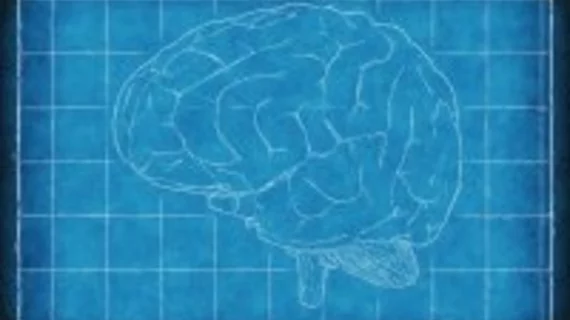AI predicts Alzheimer’s disease six years before diagnosis
A deep learning algorithm developed using imaging data from more than 1,000 Alzheimer’s disease (AD) patients can accurately predict the presence of AD more than six years before a doctor finalizes a diagnosis, researchers reported in Radiology Nov. 6.
While it’s globally acknowledged that a timely diagnosis is linked to prognosis in Alzheimer’s patients, physicians have few tools to catch the disease early, senior author Benjamin L. Franc, MD, of the University of California, San Francisco, and colleagues wrote in the journal. The past decade, though, has seen the rapid rise of artificial intelligence, and with it the ability to process mass amounts of imaging data with the click of a button.
“There is wide recognition that deep learning may assist in addressing the increasing complexity and volume of imaging data, as well as the varying expertise of trained imaging physicians,” Franc et al. said. “There has been substantial effort to apply deep learning in many diseases and imaging types such as breast cancer detection with mammography, pulmonary nodule detection with CT and hip osteoarthritis classification with radiography, though integration into clinical flow is yet to be developed and validated.
“The application of machine learning technology to complex patterns of findings, such as those found at functional PET imaging of the brain, is only beginning to be explored."
Franc’s team of UCSF and University of California, Berkeley, researchers trained an AI algorithm to predict the onset of AD using a database of 2,109 independent fluorine 18-fluorodeoxyglucose (F-FDG) PET studies logged in the Alzheimer’s Disease Neuroimaging Initiative between 2005 and 2017. The algorithm was trained using 90 percent of the dataset and tested on the remaining 10 percent.
The researchers also ran an independent test set, which comprised 40 F-FDG PET exams from 40 patients the algorithm had never studied. In that analysis, the tool achieved 82 percent specificity and 100 percent sensitivity an average of 75.8 months, or 6.3 years, prior to a final diagnosis of AD.
“Furthermore, in predicting the final diagnosis of AD on the independent test set, it outperformed three radiology readers in the receiver operating characteristic space, with statistical significance,” Franc et al. wrote. “With further validation with larger and more diverse datasets, this algorithm may be able to augment radiologist reader performance and improve the prediction of AD diagnosis, providing an opportunity for early intervention.”
The team said their results will help identify Alzheimer’s before all its symptoms have manifested, resulting in brain volume loss so significant it would be too late to intervene. They said they next plan to train the deep learning algorithm to recognize other biomarkers specific to AD, like the accumulation of beta-amyloid and tau proteins, abnormal protein clumps and “tangles” in the brain.
For now, Franc and colleagues said their novel approach could be used in conjunction with other biochemical and imaging tests for early therapeutic intervention in Alzheimer’s patients.
“With further large-scale external validation on multi-institutional data and model calibration, the algorithm may be integrated into clinical workflow and serve as an important decision support tool to aid radiology readers and and clinicians with early prediction of AD from F-FDG PET imaging studies,” they wrote.

